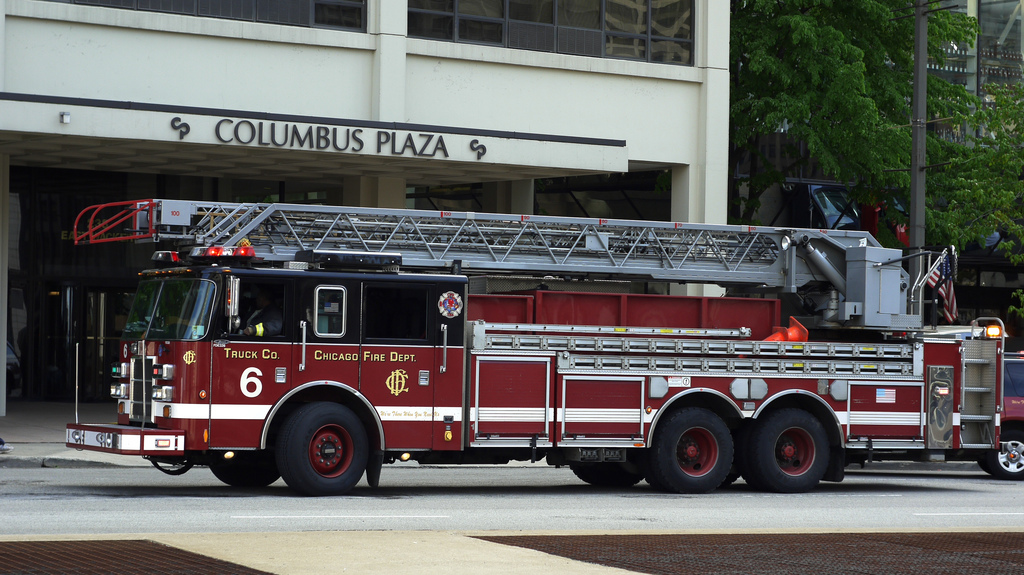
AT&T and FirstNet have been awarded a $46.7 billion government contract to build and maintain the US’ first nationwide broadband network for first responders
The Department of Commerce selected AT&T to work with an independent group in the department, FirstNet. FirstNet is responsible for the first responder network in the US and contribute an initial $6.5 billion over the next five years. Whilst At&T will be investing $40 billion over a 25 year span.
The motive behind the decision for a universal emergency services network dates back to the September 11th attacks in 2001. During the 9/11 attacks, emergency service first responders were unable to efficiently co-ordinate due to using different radio frequencies.

In a statement, AT&T said: “AT&T is honoured to work with FirstNet to build, deploy and maintain the first-ever nationwide public safety broadband network for America’s first responders.”
“We’re committed to helping deliver the next generation of highly secure, reliable, and innovative mobile broadband communications to first responders through the FirstNet network.”
This nationwide wireless broadband network will allow emergency services across all jurisdiction to communicate seamlessly at high speeds across all 50 states, including rural areas, and tribal lands.
FirstNet and AT&T will be collaborating on a The Long Term Evolution (LTE), or 4G LTE, network which will be link state and federal agencies, along with the 911 system. This technology is a standard for high-speed wireless communication for mobile phones.
Currently first responders operate on the same commercial network as ordinary consumers. This can quickly become an issue during large scale emergencies as these networks are prone to becoming congested.
The department of commerce estimate that this new scheme will create 10,000 jobs in its first two years.
Ingo Flomer, Public Safety Product Manager, Cobham Wireless, said: We can expect other countries to follow in the footsteps of the US, leveraging LTE to deliver critical comms applications for emergency services. These include the sharing of interactive digital images of the disaster area or crime scene, enabling faster situation analysis and improved reaction time.”
A similar system was due to be deployed by EE in the UK but this scheme suffered set backs in January.






